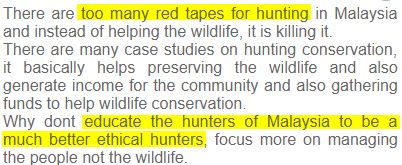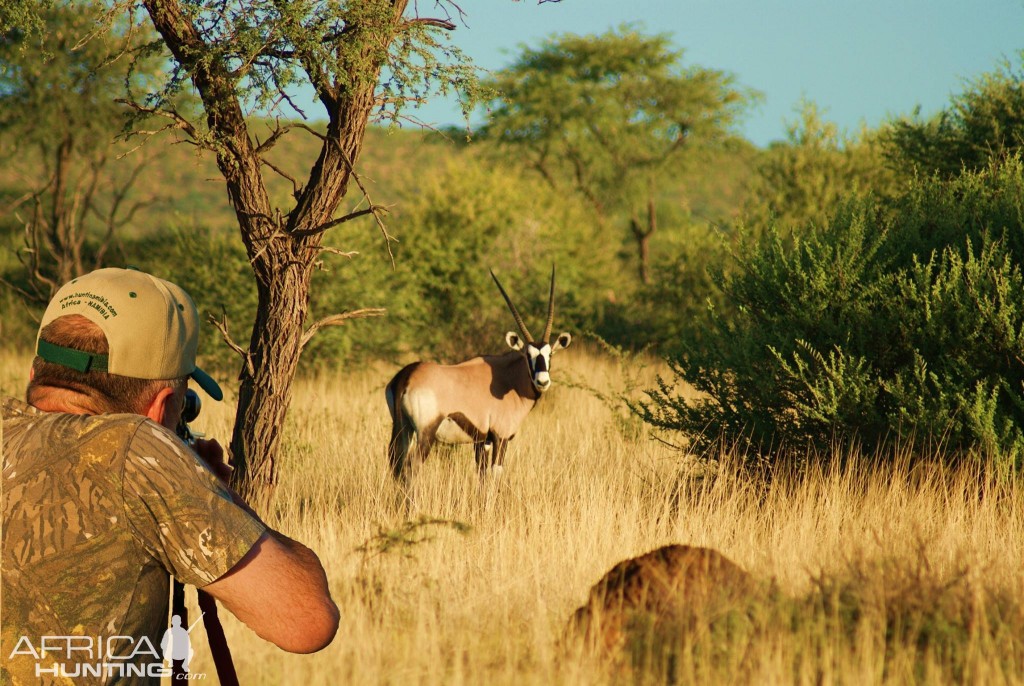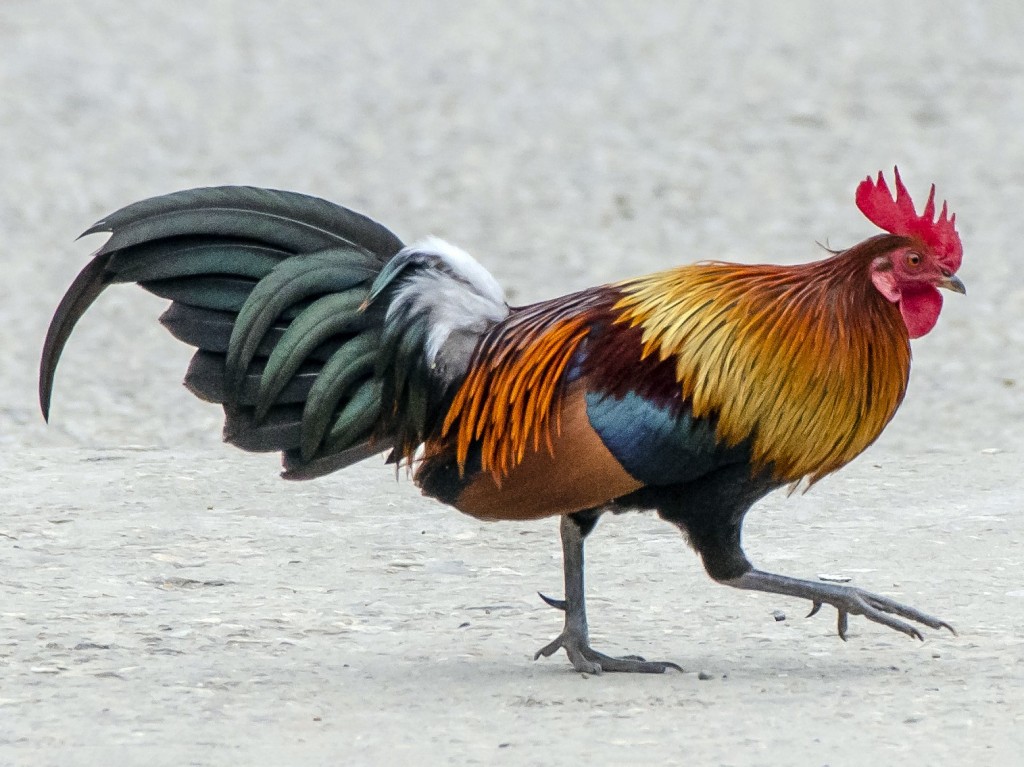Malaysia Wildlife Laws now open for public suggestions. Many are asking to relax hunting laws

- 1.2KShares
- Facebook1.2K
- Twitter3
- LinkedIn4
- Email3
- WhatsApp12
Many of us are guilty of being keyboard warriors when it comes to posts that make us tick, like how wildlife is treated in Malaysia.

If you’re like one of these people who want to see improvements in wildlife conservation in Malaysia but dunno how, HERE’S YOUR CHANCE. Just so happens, Perhilitan is planning a big time amendment of the Wildlife Conservation Act 2010.
“We are proposing changes to the law, which involves amending 78 sections under the Act and the creation of 10 new sections. This is to strengthen existing laws to better protect the country’s wildlife and fauna,” – Tengku Zulpuri Shah Raja Puji, Deputy Water, Land and Natural Resources Minister to The Star
One of the ways they’re doing this is by asking for the rakyat’s feedback on what to change by holding a public consultation at the Unified Public Consultation (UPC) website. The DEADLINE IS NEXT WEEK (14th June 2019), so quickly go make your comments if you got something to say.

The Wildlife Conservation Act 2010 was actually an update to the old Wildlife Protection Act 1972. Under the 2010 act, increased enforcement power was given to Perhilitan, but despite the improvements, this law still had a long way to go in tackling our country’s wildlife issues.
We previously wrote about how Perhilitan lacked sufficient resources to safely jaga the animals seized from their raids on illegal wildlife smugglers. And it looks like this law still hasn’t stopped other wildlife traffickers from operating. Research by UNIMAS has shown that the number of illegal wildlife trade cases involving endangered species has skyrocketed between 2009 and 2011, around the same time the 2010 act came into force.
With that said, the act will be going through some changes again to hopefully improve the wildlife situation here, and so far many people have ady given their 2 cents. Since there are so many suggestions, we decided to group up those that had similar suggestions and put a few of them into categories down here.
1. Harsher punishments… especially for orang puteh
The commenters are asking for harsher punishments towards those who cause damage to wildlife through hunting, logging, abuse, political interference, recreational activities etc.

There’s even a suggestion to tighten enforcement towards foreigners who allegedly take specimens of wildlife that require permits like tarantulas (we wrote about this) on the pretence of research purposes, which is considered unfair for our local researchers and prohibited by law (or needs permission).

Though we couldn’t find anything on foreign researchers ‘stealing’ our wildlife, the other suggestions given for harsher punishments are strongly supported by the unending problem of poaching, particularly using trap snares (not just in Malaysia but also throughout Southeast Asia), with the most recent snare case being just on 15 May 2019.
Under this 2010 wildlife act, anyone caught possessing a snare would be fined up to RM100,000 and/or jailed for up to 3 years, while those caught using snares would be fined between RM50,000 and RM100,000 and jailed for up to 2 years.
And in other breaking news, Perhilitan caught 11 poachers in 4 raids on the east coast throughout last month itself for trespassing into Taman Negara and keeping wildlife parts (must have permit to enter wildlife reserves, for which must prove to Director that purpose for entering is art, science or recreation). Meanwhile in Sarawak, the Sarawak Forestry Corporation seized hundreds of turtle eggs, slaughtered wildlife and a slow loris from traders.

Speaking of poaching and illegal wildlife trade, there’s actually an alleged link between these activities and professional criminal groups involved in drug and human trafficking etc because of the similarity in routes taken by wildlife traffickers and other traffickers. Illegal wildlife trade has also been linked to corruption at border checkpoints and, as we learnt from one of our previous articles, wildlife officers themselves. Traffickers have gotten so smart that we’ve previously written about the sneaky ways wildlife’s been smuggled.
So far, the highest recorded penalty for wildlife smuggling so far consisted of fines of up to RM390,000 and 4 years in jail for trying to smuggle orang utans in 2018.
Seeing that this is a MAJOR problem, Perhilitan has been running Ops Belang to seriously monitor and enforce to replenish the tiger population (we don’t want a world without tigers). Following a model used by Nepal to protect its own tigers, Malaysia is also hoping to get some back-up in enforcement numbers from the country’s armed forces for wildlife patrols.
To see how the armed forces can help, we could follow Singapore’s “three-pronged strategy“ in combating wildlife trafficking at Singapore’s border checkpoints, including doing a risk assessment of passengers and shipments, multiple layers of checks and using a coordinated enforcement approach among the agencies involved.
2. Allow MORE people to hunt!?
While some commenters are asking for hunting permits to be stopped and for a study on the demand of wildlife hunting to be done,

… there are others who are asking to educate hunters to be more ethical in hunting and to allow for seasonal hunting instead. There’s even one suggesting to cut down on the red tape in hunting.

Putting aside philosophical discussions about whether hunting itself is moral or immoral or whether hunters can be called “conservationists”, those who do must follow some hunting rules. Sarawakian hunters historically hunted for survival but they also had to follow some hunting rules (adat).
Similarly, the concept of “ethical hunting” is apparently a real thing worldwide and it consists of a few principles:
- obey all laws: still need to get permission to hunt in a particular area and must respect property.
- clean kill: have to kill the animal with minimal pain and suffering by getting an accurate shot. If didn’t kill, do follow-up shots. That’s why hunters need sufficient target practice before shooting the real thing.
- shoot at a reasonable range: increases chances of getting an accurate shot, which leads to a clean kill.
- respect others: just becos you’re a hunter doesn’t mean you have to be a pain towards others. Show respect lah.
- fully use the animal: find the animal you shot and take back all its flesh for dinner! Don’t waste.
- fair chase: a hunting practice that allows the hunted animal a reasonable chance to escape.
“No taking a game animal in a trap, deep snow or water, or on ice; no spotlighting; no use of tranquilizers or poisons; no taking an animal inside a fenced enclosure; no using a plane to land next to or inform a hunter about a game animal; no using power vehicles to drive game animals; no using electronic devices for attracting, locating or pursuing game.” – among the things you can’t do in hunting.
And you also cannot kacau the animals when they’re in the middle of something.
“One thing you should never do is shoot bats while they are roosting, feeding or nesting. Not only is this ungentlemanly, it’s not in anyone’s interest as this may cause them to clear the nest and never return.” – said ex-national shooter Remi Yap.

However, there’s also the perception that hunting a few animals will have little effect, which is wrong considering that much of wildlife have been hunted out thanks to trophy hunting. And just like the recent case of poachers trespassing into Taman Negara, national parks haven’t been protecting wildlife from hunters, who have been sneaking into national parks to hunt since there’s nothing to shoot outside, despite having SO MANY RULES about hunting under this wildlife act (punishment for hunting protected wildlife without license: fine up to RM50,000 and/or jail up to 2 years).
This could probably explain the suggestions related to hunting. We tried searching for how other places manage hunting laws like UK’s Hunting Act on hunting with dogs and Colorado’s permit for hunting mountain lions and bobcats, but it’s not clear if the same kind of laws can be applied to Malaysia, apart from the concept of ethical hunting.
3. For whatever reason, dem alot of suggestions about Ayam Hutan
People are questioning the need for the ayam hutan (red junglefowl, which is the junglefowl species in our country) to be listed as an endangered species…

and suggesting that licences be given for catching junglefowl.

According to the Malaysian Nature Society (MNS), the red junglefowl is considered endangered in Malaysia.
“The red jungle fowl is generally considered as endangered due to encroachment of their habitats. The biodiversity loss is due to the development of roads, housing projects and agriculture,” – said MNS president Henry Goh.
Under the current act, the red junglefowl is listed under hunted species of protected wildlife (fine up to RM50,000 and/or jail up to 2 years). Note that there’s a difference between Protected and Totally Protected, mainly in the amount of rules involved for each type of protection. The red junglefowl is decreasing in population, but it’s listed by IUCN as “Least Concern“. This conservation status is probably why people seem to think that catching ayam hutan is acceptable lor.

Junglefowls are also considered endangered by Singapore (in their own Red List of Threatened Animals of Singapore). But Singaporean authorities had plans to cull these chickens, though for various reasons. The Agri-Food and Veterinary Authority (AVA)’s reason is complaints about noise. But for the National Parks Board, they’re scared that the domesticated chickens might interbreed with the nationally endangered ayam hutan. To this, a Singaporean Member of Parliament suggested alternatives to culling chickens like relocating the chickens or putting them up for adoption.
4. Still worried about deforestation, so must limit logging licenses
Some of these peeps are asking for logging activities to be limited, including limiting the issuance of logging licences, not allowing any more areas to be logged and avoiding political interference in logging matters.

One also asked for forest areas with wildlife to be gazetted automatically as No Logging Allowed areas for protection from deforestation.
It may not be surprising that peeps are asking for the logging problem to be tackled strictly, seeing that Malaysia was put on the world map for having among the highest levels of deforestation, which may have been fueled by logging syndicates and has led to staggering numbers of wildlife intrusion cases. Just to remind you of the severity of Malaysia’s logging problem, here’s a compilation of some of the headlines we found.

Strangely, we couldn’t find anything about deforestation in the Wildlife Act (huh what?!). But it’s not like Malaysia is turning a blind eye to it. Malaysia has employed some measures like rehabilitating forest reserve areas, practising proper forest management, hiring an “Elit Team” enforcement unit and use of advanced tech to stop illegal logging.
Similar practices are also being done in other countries. Singapore has set up a Nature Conservation Masterplan (NCMP) which consists of several biodiversity conservation initiatives like protecting certain areas, restoring habitats, more wildlife research and community engagement. On the other side of the world, tasked with jaga-ing most of the Amazon, Brazil is also trying to improve its forest management and logging control system.
5. People want more awareness campaigns although it’s not required by law
Lastly, a very common suggestion is to raise awareness through campaigns in schools and TV programmes about endangered animals.

And also sending pamphlets to houses… And persuading those who keep endangered animals as pets (we’ve written about this before) to apply for a license, if not then kena denda.

Nothing’s been mentioned about the need to raise environmental awareness under this act. But it’s believed that environmental awareness is key to addressing environmental challenges, since conservation efforts would be possible “only with the participation of all stakeholders“. Schools have been working on this for a while now, so campaigns in schools are nothing new.
But despite all those Cintai Alam Sekitar campaigns we’ve seen over the years, the awareness level on the shared responsibility of cinta-ing the alam sekitar is still pretty low.

Last year, Singapore launched its Year of Climate Action 2018, which has seen over 300,000 pledges by individuals and organisations to adopt eco-friendly habits. But this success in making the Singaporeans woke about the environment may not necessarily translate to action.
Singapore’s green activists pointed out that their campaigns don’t go to fruition because of several factors like tokenism, preaching to the converted and some Singaporeans only caring if there’s material benefit to them (like getting 10 cents off a bag).
..which is probably why the focus of 2019 is now shifted to the Singapore govt making policies like carbon tax, accountability of producers over e-waste disposal and the Zero Waste Masterplan.
But such amendments would be pointless without…
While changes are being made to the Wildlife Act, one thing needs to be pointed out.. That the effectiveness of laws depends on the effectiveness of implementation.
The responsibility of implementation not only concerns Perhilitan but also concerns many other parties such as customs, police, Bank Negara (?!), Attorney General’s Chambers, MACC, and the Malaysian Timber Industry Board. And social activist Lee Lam Thye also thinks that laws would be effective if environmental awareness is high.
“For the relevant laws to succeed, there must be public education and awareness efforts to encourage the public to fight against wildlife exploitation and appreciate their existence.” – said Lee Lam Thye.
And while there are challenges in implementing and enforcing environmental protection measures, regardless of whether the amendments work out or not, at least the authorities…

- 1.2KShares
- Facebook1.2K
- Twitter3
- LinkedIn4
- Email3
- WhatsApp12




